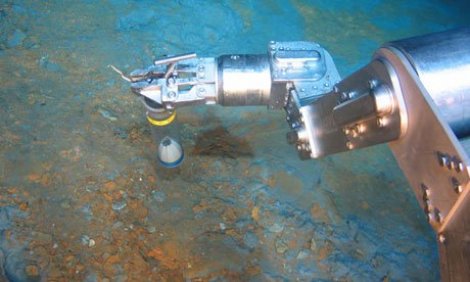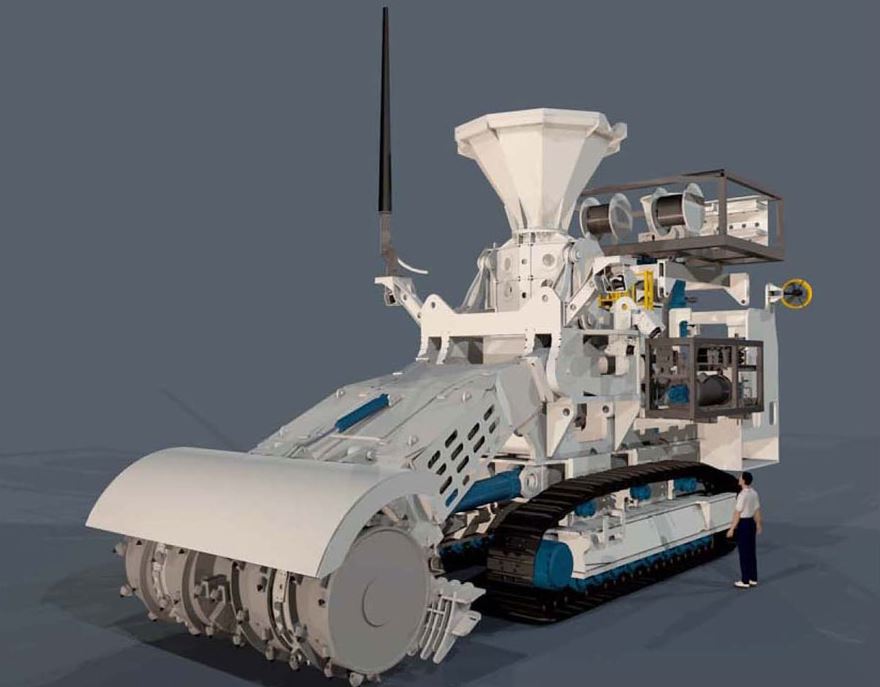
The first deep-sea mine
A Canadian mining company, Nautilus Minerals, has been eyeing the rich-mineral seabed off the Papa New Guinea coastline since 1990.
Now, after many years of disputes and obstacles, the two entities have finally reached an agreement and the Canadian company can start digging up an area of seabed to extract ores of copper, gold and other precious metals from a 1,500 meters depth.

According to the agreement reached, Papa New Guinea will take a 15% stake in the mine and will give $120 million to the costs of the operation.
The actual mining operation are due to start within 5-years time.
‘There's always been a lot of support for this project and it's very appealing that it will generate a significant amount of revenue in a region that wouldn't ordinarily expect that to happen,’ said Mike Johnston, chief executive of Nautilus Minerals.
Until now, even tough it’s been long known that the seabed is formed of ores that are far richer in gold and copper than those found on land, the high costs and engineering challenges made deep-water mining unfeasible.
Nowadays, due to offshore oil and gas exploitation, deep-sea technologies have reached an advanced enough level to confront with underwater mining.
The Bulk Cutter, the world’s largest machine, weighing 310 tone, will break the top layer of the seabed and pump up ore as a slurry.

Although some environment concerns arise as to the effects induced to the seabed, the Nautilus company assured everyone that the mine will have a minimal impact to the marine environment which will quickly recover after the operation cease.
‘It's a resilient system and studies show that life will recover in 5-10 years. An active venting site 1km to the southeast has the same bugs and snails and the current will carry the bugs and snails to the mine site. We expect it to recover quite quickly,’ Johnston declared in an attempt to settle environmentalists’ concerns.














